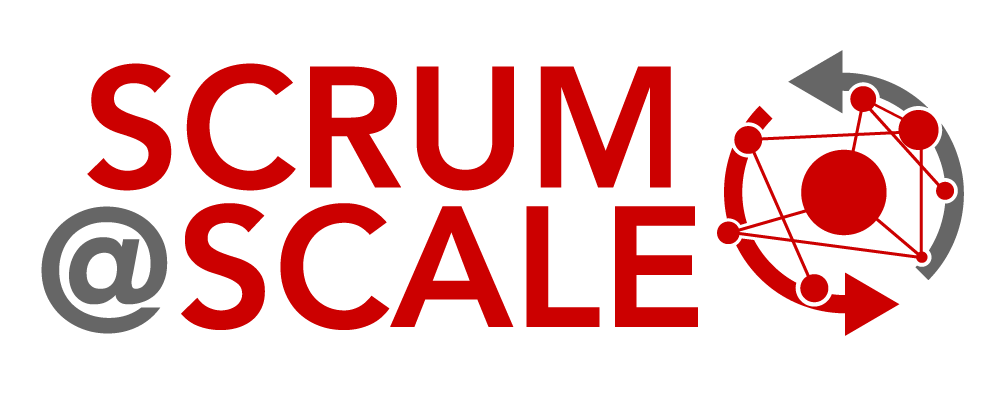Scrum@Scale Case Study
Implementing an Executive Action Team (EAT) in the Skills Placement Industry
By establishing an EAT, executives learned to Scrum their own organizational change.
“Executive engagement made the transformation real.”
CASE STUDY SNAPSHOT
Organization: Anonymous
Organization Size:Medium
Industry: Consulting
Topics: Attract and Retain Talent, Executive Action Team (EAT)
Date: 2018
Website: Lizzy’s website
Summary
Building an agile enterprise requires more than just making your development teams Scrum teams. Through her work with a Skills Placement firm, Scrum@Scale Trainer Lizzy Morris highlights the importance of establishing a strong and well trained Executive Action Team (EAT) in any Scrum@Scale implementation.
The EAT Owns Organizational Change
In Scrum@Scale, the EAT is accountable for creating the organizational transformation strategy and ensuring that it is being systematically and iteratively implemented. Operating as a Scrum team and delivering organizational change is new to most executives and requires providing leadership with instruction and guidance on the role of leadership in an agile enterprise.
CPO Selection and Accountability
The EAT recognized that high functioning Product Owners and Chief Product Owners (CPOs) were critical to the success of the organization and dedicated resources both to training existing talent and hiring external talent to fill the needed roles. Product Owners were dedicated full-time positions and the CPO was made accountable via Lizzy’s “4 Corners of Value” technique, which is a methodology for justifying investment and prioritization of staffing and skills utilization in an agile organization. More details on this approach can be found in the slide download above.
More Case Studies
Remote Startup Success: From Firefighting to Results
Agile Education Case Study Remote Startup Success: From Firefighting to Results This case study focuses on a remote startup that faced challenges with disorganized workflows, team burnout, and a lack of a clear product vision. The startup had no Product Owner, leading...
Improve Predictability and Performance: Using Aggregated Velocity Data in Scrum@Scale
Agile Education Case Study Improve Prioritization and Performance: Using Aggregated Velocity Data in Scrum@Scale This case study explores how aggregated velocity data was used to improve the performance, prioritization, and predictability of engineering teams in a...



